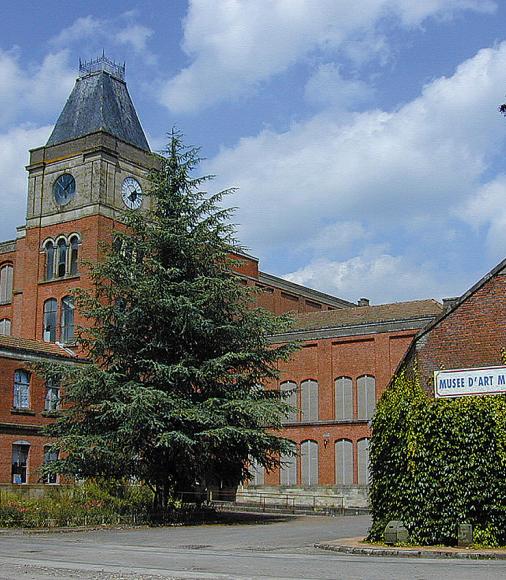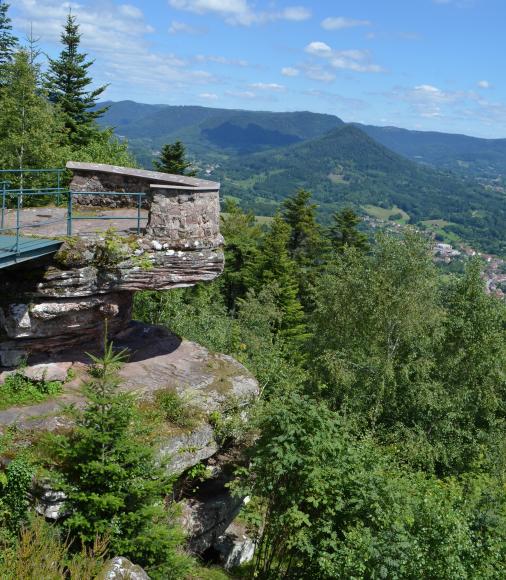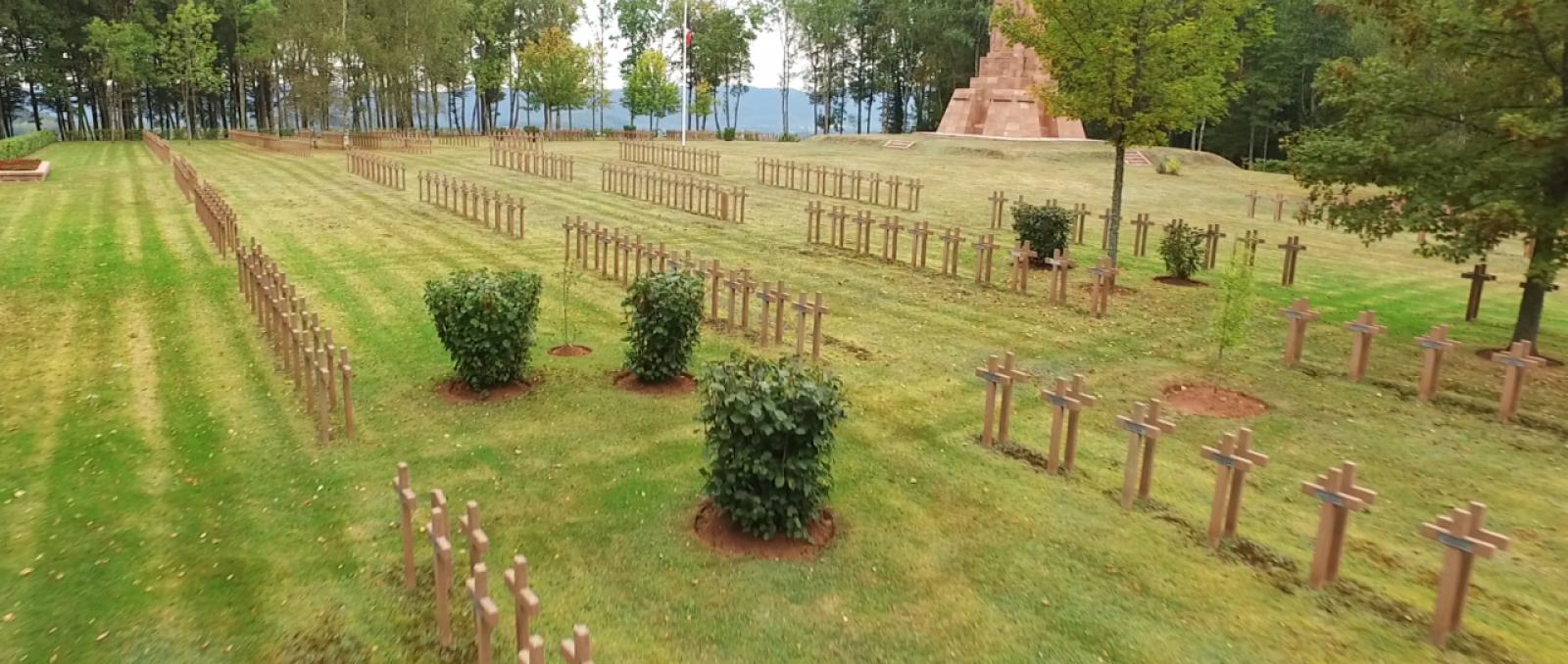Travel through the Vosges massif and retrace this all-out war in an open air museum: nine battlefields and numerous remains helping visitors understand how this mountain war unfoldedpermettent de comprendre le déroulé de cette guerre de montagne

All-out war
The Great War of 1914-18 That war, which they thought would be “over by Christmas”, went on to claim millions of lives, transforming sublime countryside into fields of ruins... That war which is still visible today and which, like all wars, needs to be remembered for the impact it had on our history and international relations.
www.front-vosges-14-18.euThe main theatre of the conflict, the Western Front in Europe stretched from the North Sea to the Vosges

The Vosges front
The Vosges front, situated between the Donon in the north and the Grand-Ballon in the south, was the only mountain front on French soil in the Great War. It was in 1915 that the fiercest exchanges took place in the south of the western front. The battle sites are still clearly visible today: Hartmannswillerkopf, Linge, Tête des Faux, Sainte-Marie-aux-Mines and Tête du Violu in the Haut-Rhin department, and Fontenelle, Chipotte, Roche Mère Henri and Chapelotte in the Vosges. These 9 battlefields are open to visitors

The Route des Crêtes
Created for strategic reasons during the Great War, the Route des Crêtes is now one of the landmark features of the Vosges with its spectacular viewpoints. This First World War relic extends over 88 kilometres, taking you through the Hohneck, Col de la Schlucht and the Vieil Armand.
Natural sites and gardensRelics of the First World War are scattered all over the Vosges

In the footsteps of the Great War
To help you relive the key moments of the conflict, guides, specialist organisations and tourist offices have worked to create a range of memorial stays including visits and rambles. Take a weekend or simply a day to discover these places which have left their mark on history in the Vosges. Some packages include everything, such as hotel accommodation, meals and site entry fees. The ODCVL offers educational stays for students (with accommodation), specially designed for different year groups.
More than 20 years after the Great War, Europe found itself at the centre of another conflict: the Second World War

Scars of the Second World War
The people of the Vosges fought alongside the allied forces to protect their towns and mountains. Retrace the battles and the events of enemy occupation through historical monuments and memorial sites. The American Cemetery in Epinal has row upon row of graves: 5255 in all over an area of 20 hectares. This memorial site, which includes a large memorial and chapel, is open to visitors.

The blue line of the Vosges
Visible from both sides of the massif, the blue line of the Vosges takes you on a journey through history, legend and science.
Is it real, or simply an illusion? This is a question the people of the Vosges still ask themselves today. Straddling Lorraine and Alsace, it owes its origins to conflict. In times of war, it traditionally marked the frontier between warring armies, but today it has taken on a more poetic nature. The alignment of the various peaks gives the impression of a mysterious blue line. Go to one of the high vantage points, study the phenomenon for yourself, and make up your own mind...
Hikes

